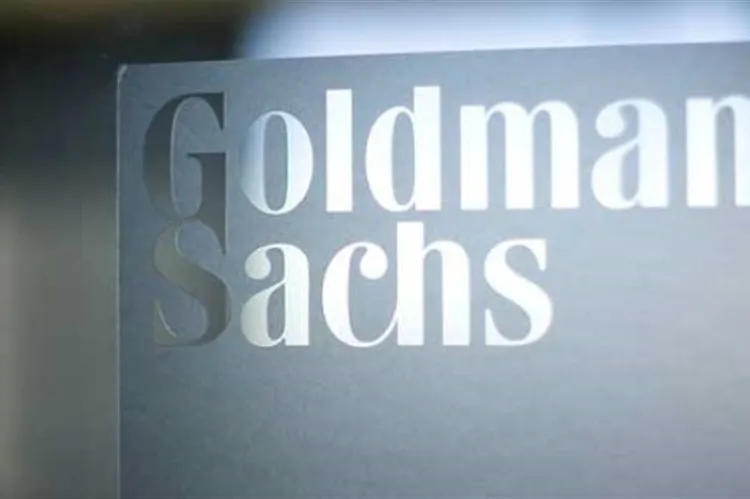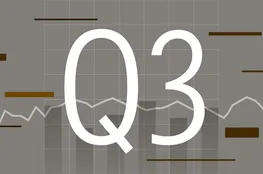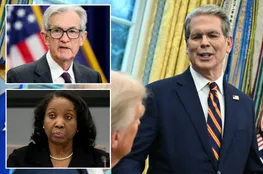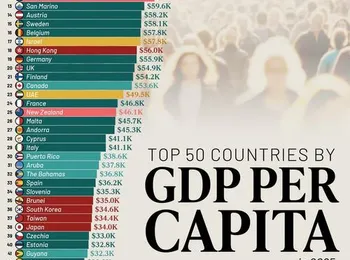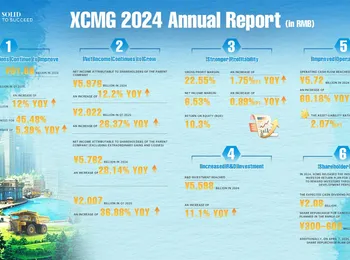Goldman Sachs is signaling a potential shift in the economic outlook with a significant revision to its Federal Reserve interest rate cut forecasts. Recent developments, as reported by Greg, indicate that Goldman Sachs has accelerated its prediction for when the Fed will begin reducing interest rates, moving the anticipated timeline from December to September. This adjustment reflects a reassessment of the impact of U.S. tariffs on inflation, now believed to be less pronounced than initially anticipated. The bank's latest analysis reveals a compelling 60% chance of a rate cut occurring in September, driven by a confluence of factors. Foremost among these is the diminishing influence of U.S. tariffs, which are now considered to be primarily responsible for a temporary price level adjustment rather than sustained inflationary pressures. Goldman Sachs’ updated projections incorporate broader disinflationary trends, alongside emerging signs of weakness in the labor market – even if these weaknesses prove to be transient. Key insights from Chief Economist Jan Hatzius and his team highlight the Fed’s assessment of tariffs as creating a one-time impact on prices, rather than fueling ongoing inflation. Goldman Sachs now anticipates three 25-basis-point interest rate cuts throughout the year, scheduled for September, October, and December. This revised forecast also lowers the Fed’s expected terminal rate to a range of 3.00–3.25%, a decrease from the previously projected 3.50–3.75%. While Goldman Sachs doesn’t foresee a rate cut during July, they acknowledge the possibility of an earlier move if incoming jobs data significantly underperforms. Despite the overall health of the labor market, the bank observes a noticeable increase in the difficulty of hiring. Furthermore, potential risks stemming from seasonal fluctuations and shifts in immigration patterns could introduce uncertainty into near-term payroll figures.
Goldman Sachs’ revised forecast underscores a more optimistic outlook for the U.S. economy, anticipating a faster pace of monetary policy easing as inflation continues to moderate. The bank's strategic adjustment reflects a dynamic understanding of the economic landscape, incorporating evolving data and recognizing the potential for accelerated monetary policy action. This proactive approach positions Goldman Sachs as a leading voice in anticipating and responding to key economic developments, offering valuable insights for investors and policymakers alike. The firm’s detailed analysis demonstrates a commitment to rigorous economic modeling and a keen awareness of the factors driving inflation and growth. Ultimately, Goldman Sachs' revised forecast reflects a belief that the Fed will respond decisively to incoming economic data, prioritizing the goal of achieving price stability while maintaining a supportive environment for economic expansion. The firm’s careful consideration of both short-term and long-term trends underscores its commitment to providing accurate and timely economic assessments. This forward-looking approach is crucial in navigating the complexities of the current economic environment and informs strategic decision-making for a wide range of stakeholders.

